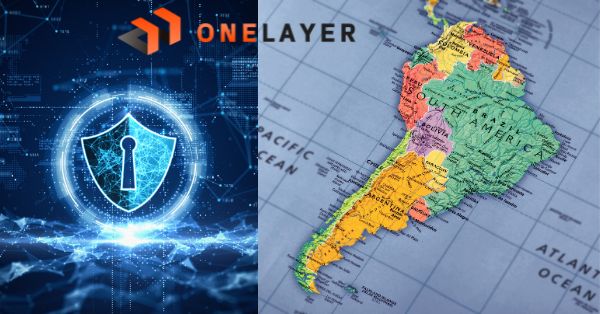VEON and Starlink Partner to Bring Direct-to-Cell Satellite Connectivity to Kyivstar Customers in Ukraine
VEON Ltd, a global digital operator, has announced an agreement between its Ukrainian subsidiary Kyivstar and Starlink, a division of SpaceX. This collaboration aims to introduce direct-to-cell satellite connectivity to Ukraine, leveraging Starlink’s cutting-edge satellite technology.
Starlink Direct-to-Cell Service Launch in Ukraine
This agreement positions Ukraine as one of the first countries globally to benefit from Starlink’s direct-to-cell satellite service. The partnership will initially provide SMS and OTT messaging capabilities, with rollout expected in Q4 2025 for Kyivstar customers. Plans for voice and data services will follow in later phases, offering a new layer of resilience and connectivity to the country’s telecommunications infrastructure.
Kyivstar CEO Oleksandr Komarov highlighted the transformative potential of the partnership: “Kyivstar has been the backbone of Ukraine’s resilience throughout the war. Our collaboration with Starlink is a game-changer in our journey toward achieving our ‘LTE everywhere’ ambition. This partnership underscores our commitment to delivering exceptional services and leveraging global technologies to keep Ukraine connected.”
Enhancing Ukraine’s Connectivity Resilience
Kyivstar has made significant investments in expanding 4G coverage to remote areas and improving network energy resilience since the onset of the war. The addition of Starlink’s direct-to-cell technology will enable seamless connectivity even in regions where terrestrial networks are unavailable or disrupted.
Kaan Terzioglu, VEON Group CEO, stated: “Today’s announcement exponentially amplifies the resilience of our services with satellite connectivity. We are thrilled to work with Starlink to make Ukraine one of the leading countries in the world to adopt direct-to-cell services. This partnership aligns with our broader vision of extending connectivity to underserved regions across our markets.”
VEON’s Commitment to Ukraine
Since 2013, VEON has invested over $10 billion in Ukraine and committed an additional $1 billion toward the country’s recovery and reconstruction efforts from 2023 to 2027. Recognized as the top international investor in Ukraine by Forbes Ukraine and NV Ukraine, VEON’s continued investments underscore its dedication to the region’s connectivity and digital transformation.
Kyivstar, as Ukraine’s largest telecom operator, serves over 23 million mobile subscribers and 1 million home internet users. The company has maintained an average network availability of 90% since February 2022, playing a critical role in ensuring the country’s digital resilience during challenging times.
How Starlink’s Direct-to-Cell Works
Starlink’s Direct-to-Cell service leverages an advanced satellite constellation to enable seamless connectivity directly to most cellular devices. Equipped with onboard eNodeB modems, Starlink satellites function like cellphone towers in space, ensuring network integration comparable to standard roaming. Key features include:
- Compatibility with existing LTE phones.
- No need for hardware changes, firmware updates, or special apps.
- Connectivity in remote areas with clear sky visibility.
This technology ensures uninterrupted access to essential communication services, including text, voice, and data, even in the most remote regions.
VEON’s Global Vision and Strategic Growth
As a Nasdaq-listed digital operator headquartered in Dubai, VEON serves nearly 160 million customers across six countries. The company has consistently prioritized innovation and connectivity in frontier markets, helping to bridge digital divides and empower local economies.
Augie K Fabela II, VEON’s Chairman and Founder, shared his perspective on the partnership: “VEON’s pioneering spirit continues to drive innovation in underserved markets. Partnering with Starlink allows us to harness space technology to extend connectivity far beyond the 160 million people we currently serve. This collaboration reinforces our commitment to growth and transformation in regions that need it the most.”
Looking Ahead: A Transformative Step for Ukraine
The VEON-Starlink partnership represents a significant step forward in Ukraine’s digital evolution. By integrating satellite-powered connectivity with Kyivstar’s extensive network, the collaboration is set to revolutionize how Ukrainians access communication services, ensuring resilience and inclusivity across the country.
With Starlink’s advanced technology and VEON’s dedication to innovation, this partnership is poised to not only strengthen Ukraine’s connectivity infrastructure but also serve as a blueprint for similar initiatives in other underserved regions worldwide.
For more information, visit VEON or learn about Starlink Direct-to-Cell.

































